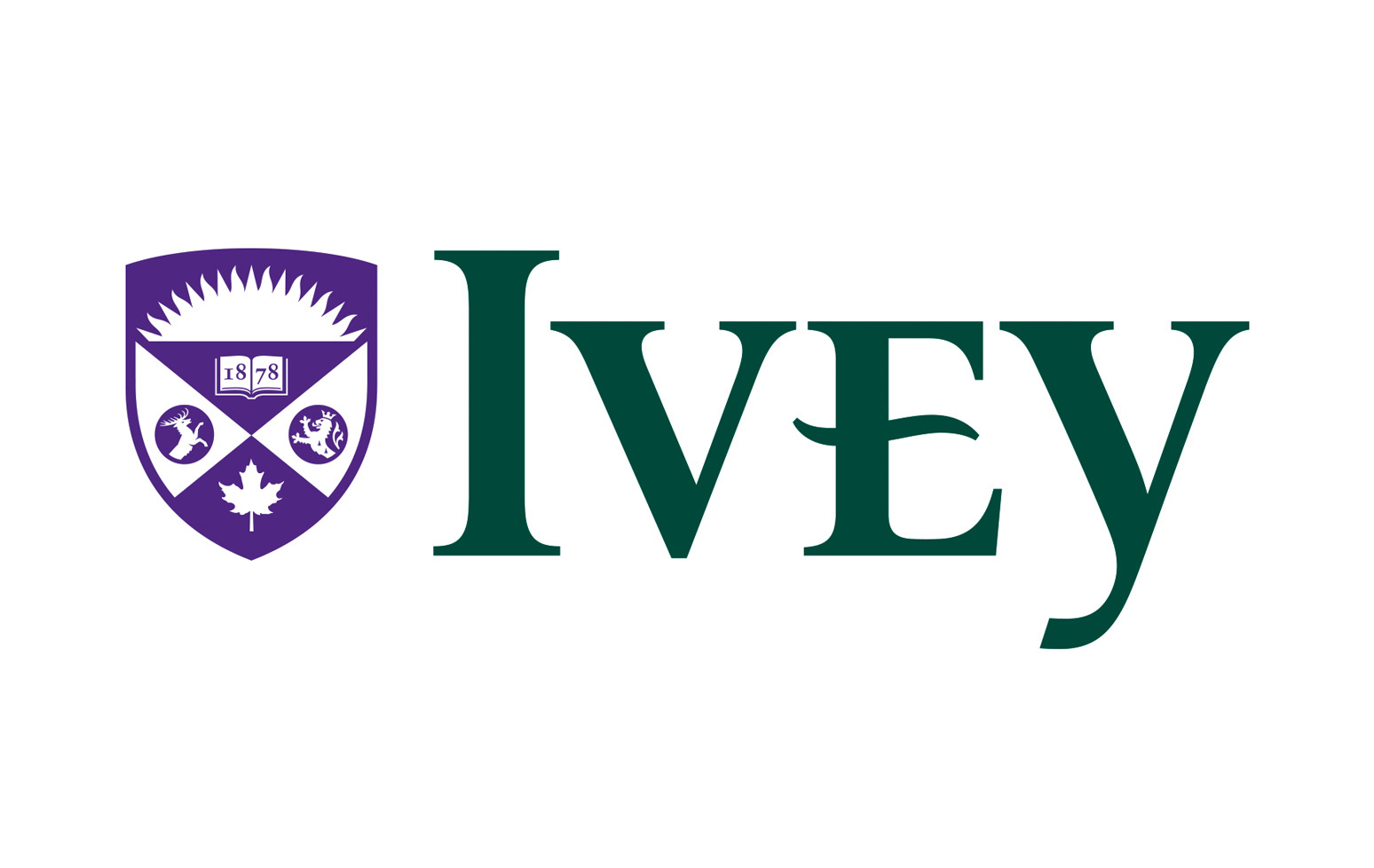Introduction
The 90-day mark in any long-term endeavour is often considered a day of judgment. It falls in line with the typical employment probation period, the time in which new executives are expected make impact within their organization, and the approximate length time in which a president’s term is measured against others. In the case of an Ivey MSc degree, it marks the end of the first quarter of the program. Throughout this time, it is important to reflect on learnings of the first term having completed final exams and projects. This may be the final first 90-days I have to learn how to learn and adjust quickly to a new environment before becoming employed, becoming an executive, or even become president some day!
Background
I was born and raised in Windsor, Ontario. The city known as Rose City but better known as the Automotive Capital of Canada, is heavily influenced by legacy vehicle manufacturers, including the city design itself. Most residents that grow up in Windsor continue their education locally and end up working somewhere in the automotive or a tangential industry without venturing outside the local bubble. I too was educated locally receiving my electrical engineering degree from the University of Windsor in August 2021. I knew there was more to see in the world, more opportunities to explore by popping out of the Windsor bubble. Analytics and the power of data was a specific area of interest as I worked several co-ops within the space and got to live in Toronto for three months. My application and acceptance to the MSc Business Analytics program was step one of my full transition out of my own self-imposed bubble and into the world of data analytics and business.
Adjusting to a New Environment
I knew come September, that shifting directly from engineering to the case-based Ivey MSc within a couple weeks would require rapid adjustment to the city and the program. Prior to attending classes and throughout the first few weeks, program managers, professors, and upper year students provided all the resources necessary and more to adapt to our new environment. Orientation week hosted by the MSc Association was a great intro to the city and classmates. It gave us the opportunity to plant seeds for valuable relationships with colleagues that sprouted over the first 90-days nourished by in-class discussions and social events. Pacing for first couple weeks was well managed, easing us into the program with supplementary sessions that introduced tips for case-based learning and a light course load of assignments, case readings, and quizzes that progressively ramped-up throughout the term. Both the early forming of relationships and effective content scheduling helped myself secure early personal wins that gave me the confidence to continue and accel over the following weeks of Ivey teaching.
Case-Based: The Ivey Way
Case-based education creates an interconnected web of knowledge and experiences within students’ minds. This type of education model allows professors to promote holistic analysis of problem scenarios. Over the first term, they encouraged the utilization of outside-course knowledge, stimulating creativity and outside the box thinking in our problem solving. The mind is like a muscle which requires training for finding solutions to complex business problems. Cases are like mini simulations where we were able to refine our skills and train our cognitive muscles to think as organizational decision makers. This form of learning did take some adjustment as homework for the cases is completed before class time, a reversal from traditional educational procedures, although it quickly became a routine I learned to enjoy.
Discussions in and outside the classroom is where the methodology of this program truly shines. With a diverse cohort of personal, educational, and professional backgrounds, it’s inevitable that opposing views, innovative solutions, and creative ideas come to light. There were several instances where the entire class, including the instructor, learned something new and valuable from one’s contribution. Debate often occurred prior to entering the lecture hall and continued well afterwards outside Ivey walls. It invoked individual learning and self-research that reinforced course material understanding. Many of my colleagues, including myself, noticed an improvement in knowledge retention and recollection compared to our undergraduate studies. Previous lessons, insights, or facts were regularly brought up in later cases or referenced in casual settings out for dinner and at other social events.
Conclusion
The rapid adjustment fostered by Ivey allowed me to focus on the accumulation of problem-solving practice, new peer relationships, and learning moments throughout the first 90-days. These are additional filaments of silk fibre that are being spun into my collective web of knowledge gained from the program and throughout my life. I hope to keep building upon this interlacing of experiences for the next 90 days and beyond.
